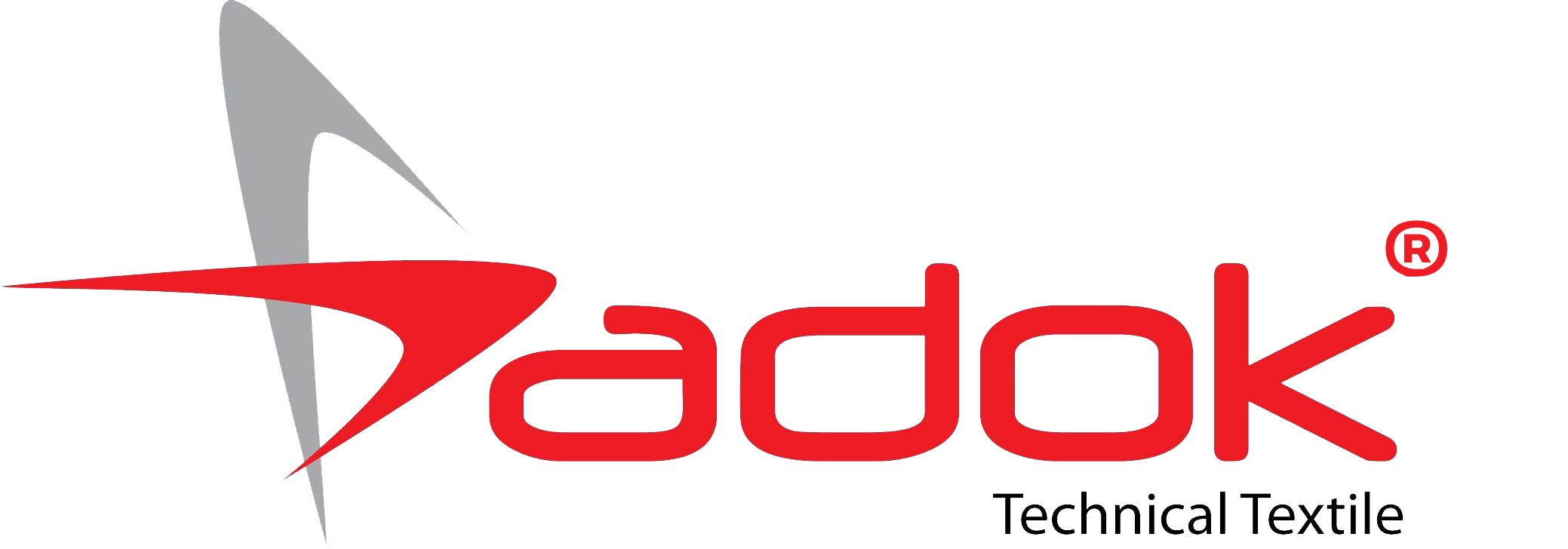Auto Textile | Aftermarket Automotive Textiles | Fabrics | Car Seat Fabric Upholstery | PVC Synthetic Leather | Vinyl's | Flame Adhesive Technical Lamination Services | Car Seat Fabric | Stock-lots - Browse among the large selection of quality textiles for every purpose

